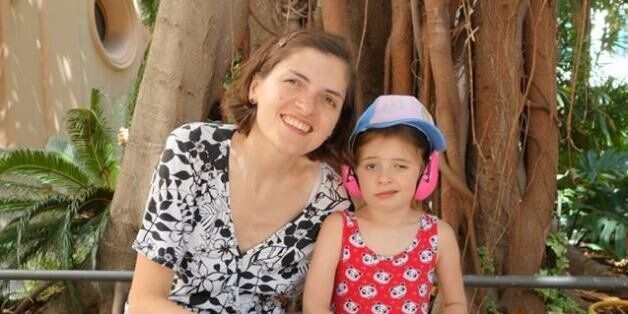

Early last week I had one of those rare moments of realisation, when you come across a TV programme which not only makes you think, but reflects the fabric of your own life.
And then I felt ashamed that I should somehow feel grateful for that moment of recognition.
Where have our kids gone? How can we support them develop their self-belief and aspirations to contribute meaningfully to our society when this cloak of invisibility has been thrust upon them?
I guess I hadn't wondered until now where those plot-lines were - about children with a chronic health condition, a genetic condition, a physical disability or an invisible disability. Not the medical documentaries, but the ordinary programmes. Which is kind of ironic, given that I am mum to an amazing girl with autism, who has severe communication issues but shines a light into the world.
What is the reason? Is it about some adults trying to protect their children from the realities of the world? Does a decision maker somewhere fear that audiences are not grown up enough to accept this world in all its glorious diversities and contradictions? Would the sight of an infant with a feeding tube or a child who wears a helmet because he has frequent seizures turn you off your dinner, make you change channel and drive down advertising revenue?
Why are we putting up with this unacceptable absence?
The programme that got me thinking was Channel 4's The Secret Life Of Five-Year-Olds, a benign social experiment where we learn more about child psychology and rediscover the world as seen through children's eyes. Lovely, feisty, funny Daisy was a wheelchair user with cerebral palsy. Many of the kids meeting her in the show had never properly met someone with a disability before.
As the children got to know each other and engaged in role play and imaginary play, it was the teacher's role to foster in children an understanding, at an age appropriate level, of how they could include Daisy in their play, opening up the learning experience to all - to plant the seed, in those formative years, of a transformational attitude in adults.
It was a joy to see Daisy's face light up, reflecting her enjoyment at being herself, and having others accept and value her contribution and her persona as she is. Which is what ultimately children and adults, disabled or not, deserve and need.
My child, whom the media has somewhat rendered invisible, has so much to say to the world. But whilst I feel that we have made some progress in regards to representations of race in our screens, disability is proving a tough nut to crack, as are gender identities and class depictions.
We have the opportunity, commissioners and writers, actors and audience, to demand, create and shape into a reality the transformative media that would represent us fairly. We are not heroes or saints; we don't want to be inspiration porn, but we don't want to be rendered invisible, either.
We are just people whose lives are different in some ways, the same in others, trying to do the best for our children. Just like you.
https://thecriticalthought.wordpress.com
HuffPost UK Lifestyle has launched EveryBody, a new section calling for better equality and inclusivity for people living with disability and invisible illness. The aim is to empower those whose voices are not always heard and redefine attitudes to identity, lifestyle and ability in 2017. We'll be covering all manner of lifestyle topics - from health and fitness to dating, sex and relationships.
We'd love to hear your stories. To blog for the section, please email ukblogteam@huffingtonpost.com with the subject line 'EveryBody'. To flag any issues that are close to your heart, please email natasha.hinde@huffingtonpost.com, again with the subject line 'EveryBody'.
Join in the conversation with #HPEveryBody on Twitter and Instagram.